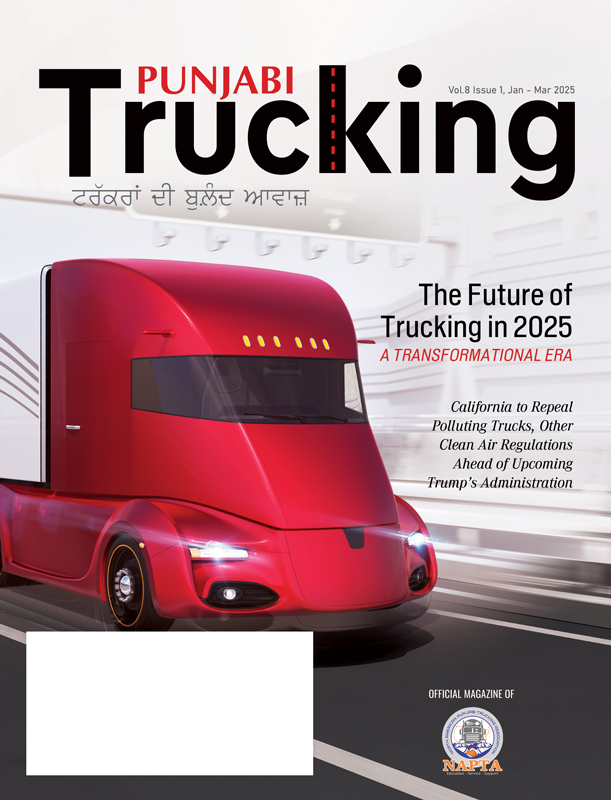In a recent move that has stirred conversations across the trucking industry, former President Donald Trump has proposed requiring all truck drivers in the United States to demonstrate proficiency in reading and speaking English. This proposal is positioned to enhance safety and efficiency within the trucking sector, but it also raises several questions and concerns that need to be discussed thoroughly.
The trucking industry is essential to the U.S. economy, transporting goods and materials across vast distances. Effective communication is vital with an estimated 3.5 million truck drivers on the road. The argument is that fluency in English can help drivers understand crucial information related to their jobs, including road signs, safety warnings, and logistical coordination with dispatch centers. In an industry where timing and accuracy are critical, clear communication is not just a matter of convenience; it’s a necessity.
Proponents of the proposed language requirement argue that ensuring truckers can communicate in English will increase safety on the roads. America’s highways are home to countless vehicles, and effective communication can mitigate misunderstandings that could lead to accidents. For example, suppose a driver who does not speak English encounters a detour or requires emergency assistance. In that case, their inability to communicate may hinder their response to the situation, resulting in dangerous outcomes.
However, this proposal is not without its opponents. Critics suggest that imposing an English language requirement could exacerbate labor shortages within the trucking industry. The U.S. has been grappling with a significant shortage of truck drivers, and this new requirement may disqualify a considerable number of qualified and skilled individuals who could otherwise contribute to the workforce. Many truck drivers come from diverse backgrounds and may be fluent in other languages, allowing them to engage with various communities and customers effectively. A blanket requirement for English proficiency might close the door on valuable talent.
Additionally, language proficiency does not automatically correlate with driving skills. Many drivers may possess exceptional capabilities behind the wheel while lacking formal education in English. Focusing solely on language skills risks overlooking the practical abilities and experience that make a good truck driver.
This proposal also has implications for training and certification programs. Trucking companies may face increased pressure to implement English language training for their employees, which could result in additional costs and time commitments. Small businesses, in particular, may feel the strain, as they often operate on tighter budgets and may lack the resources to provide comprehensive training programs.
In conclusion, the potential requirement for truck drivers to speak and read English presents benefits and challenges for the trucking industry. While enhanced road communication can undoubtedly improve safety and efficiency, it is essential to consider the broader impact on the labor market and existing drivers. As discussions surrounding this proposal continue, it will be crucial for industry stakeholders to engage in a balanced dialogue that considers the diverse workforce driving America’s goods. Creating an inclusive environment that values communication while recognizing the skills and contributions of all drivers will ultimately be vital to the future success of the trucking sector.



